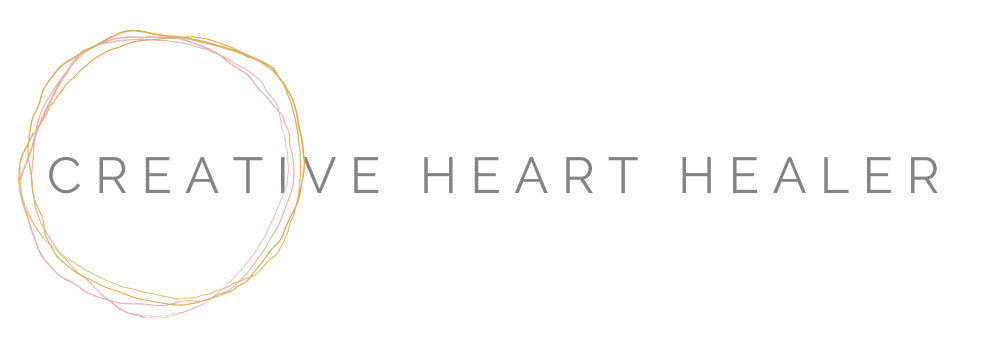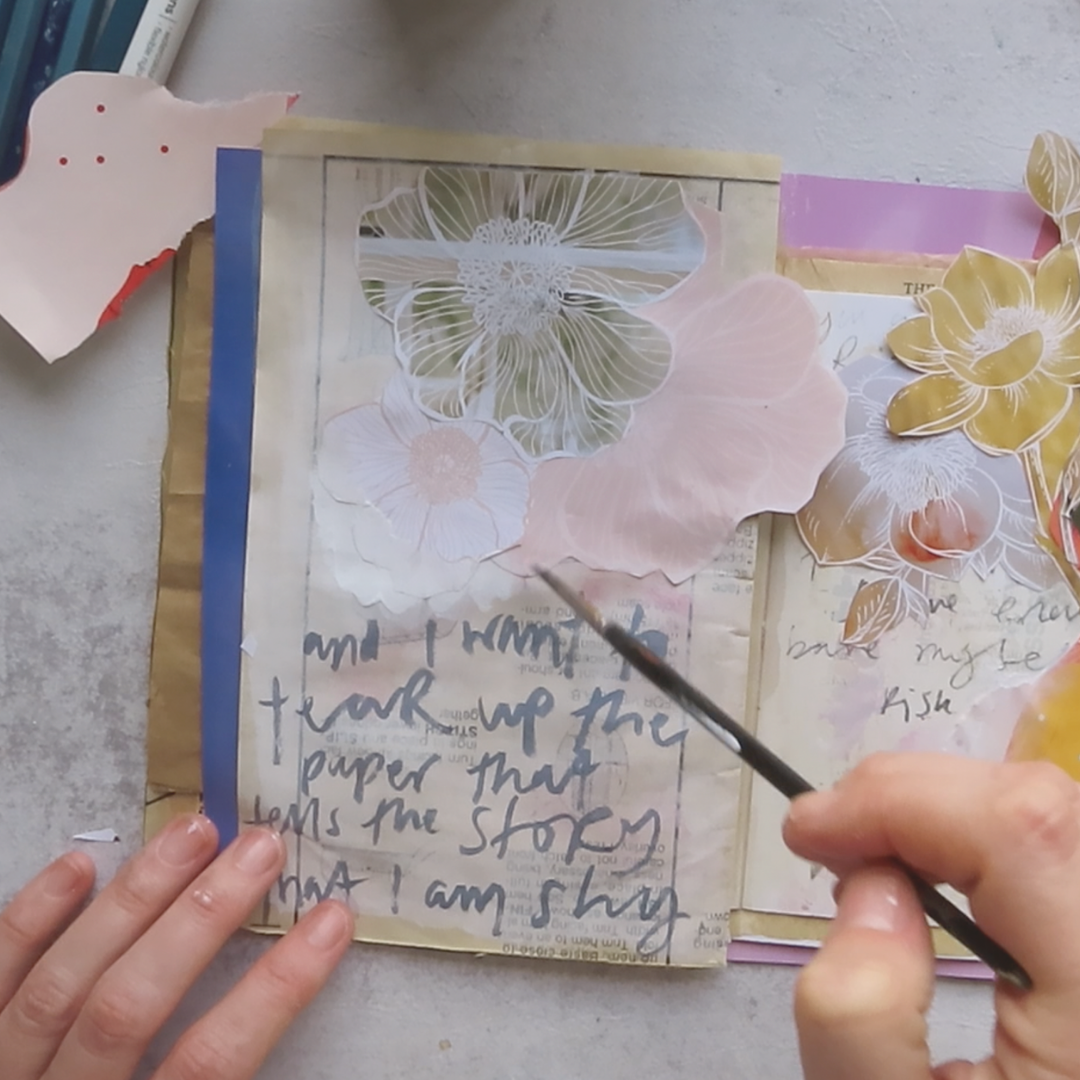Journaling for Joy: 3 Ways to Make Your Journaling Practice More Fulfilling
Discover how to set intentions, incorporate art journaling, and embrace mindfulness to break out of a journaling rut and unleash your creativity and self-expression
Transform Your Journaling Practice with Mindfulness, Art Journaling, and Positive Intentions
If you're someone who loves journaling, you probably already know the joy that comes with putting pen to paper and exploring your thoughts and emotions. Journaling can be a powerful tool for self-reflection, personal growth, and creative expression. But sometimes, it can feel more like a chore than a joyful activity. If you're finding yourself stuck in a journaling rut, don't worry! In this blog post, we'll explore 3 ways to make your journal and journaling practice more joyful and fulfilling, with a focus on mindfulness and wellness. We'll even dive into the world of art journaling!
Set Intentions for Joyful Journaling
Before you even pick up your pen or paintbrush, take a moment to set an intention for your journaling practice. Ask yourself what you want to get out of your journaling time, and how you want to feel during and after. Write these intentions down in your journal, and refer back to them often. By setting an intention for joyful journaling, you're creating a positive mindset and cultivating an environment that's conducive to creativity and wellness.
Incorporate Art Journaling
If you're feeling stuck in a writing-only journaling practice, consider incorporating art journaling into your routine. Art journaling is a fun and creative way to express yourself visually, and it can be a great way to break out of a rut. Don't worry if you're not a trained artist – there's no right or wrong way to art journal. You can use collage, paint, markers, or any other materials that spark joy for you. The key is to let go of any expectations or judgments, and just enjoy the process of creating.
Embrace Mindfulness
Journaling can be a powerful mindfulness practice. By bringing awareness to your thoughts and emotions, you can develop a deeper sense of self-awareness and self-compassion. To incorporate mindfulness into your journaling practice, start by taking a few deep breaths before you begin. Set an intention to stay present and focused on the task at hand. As you write or create, try to stay in the present moment, without getting caught up in the past or worrying about the future.
Mindful Writing Prompts
Write down three things you're grateful for today, and explore why they bring you joy.
Take a moment to check in with your body. How are you feeling physically? Emotionally? Write about any sensations or emotions that come up.
Think about a challenge you're facing right now. Write about it from a place of curiosity and compassion, rather than judgment or frustration.
Grab my list of Mindful Journaling Prompts for mental clarity and wellness
Art Journaling Prompts
Use colors and images to represent your emotions today.
Create a collage of images and words that inspire you.
Paint or draw a vision of your ideal self or life.
If you’re looking for more art journaling prompts be sure to grab my free download of 20 art journaling prompts for when you’re facing creative block. Perfect for art journaling beginners and the more experienced.
Whether you're a seasoned journaler or just starting out, these tips can help you infuse your journaling practice with joy, creativity, and mindfulness. Remember, there's no right or wrong way to journal – the most important thing is to show up for yourself and explore your inner world with curiosity and compassion.
Journaling is a wonderful way to explore your thoughts and emotions, and to connect with yourself on a deeper level. But it's not always easy to stay motivated and inspired. By setting intentions for joyful journaling, incorporating art journaling, and embracing mindfulness, you can make your journaling practice more fulfilling and enjoyable. Remember to be kind and gentle with yourself, and to approach your journaling practice with curiosity and openness.
FAQs
What if I don't have any artistic skills? You don't need to be an artist to incorporate art into your journaling practice. Art journaling is about expressing yourself creatively, not creating a masterpiece. You can use simple materials like markers, colored pencils, or collage to create visually interesting pages. The focus should be on the process, not the outcome.
Can journaling really improve my mental health? Yes, research has shown that journaling can be an effective tool for managing stress, anxiety, and depression. Writing about your thoughts and emotions can help you gain clarity and perspective on your life, and it can also help you process difficult experiences. By practicing mindfulness while journaling, you can cultivate a greater sense of self-awareness and self-compassion. Check out my course The Art of Self Care - 21 days of guided art journaling therapy.
What if I don't have enough time to journal every day? Journaling doesn't have to be a daily practice. Even setting aside a few minutes a week to write or create in your journal can be beneficial. The key is to be consistent, even if you're only able to journal once a week. Try to make it a habit by scheduling it into your routine, and don't worry if you miss a day or two. I share my favourite fun and easy ways to find time and space for an art journaling practice inside my free class, enrol now to start art journaling with mindfulness today, and every day!
Can journaling be used for specific purposes, like goal-setting or gratitude? Absolutely! Journaling can be a versatile tool for achieving a variety of goals. If you're working on a specific project or goal, you can use your journal to track your progress, brainstorm ideas, and reflect on your successes and challenges. If you're looking to cultivate more gratitude in your life, you can use your journal to write down things you're thankful for each day. The possibilities are endless!
If you enjoyed this post you might also like:




